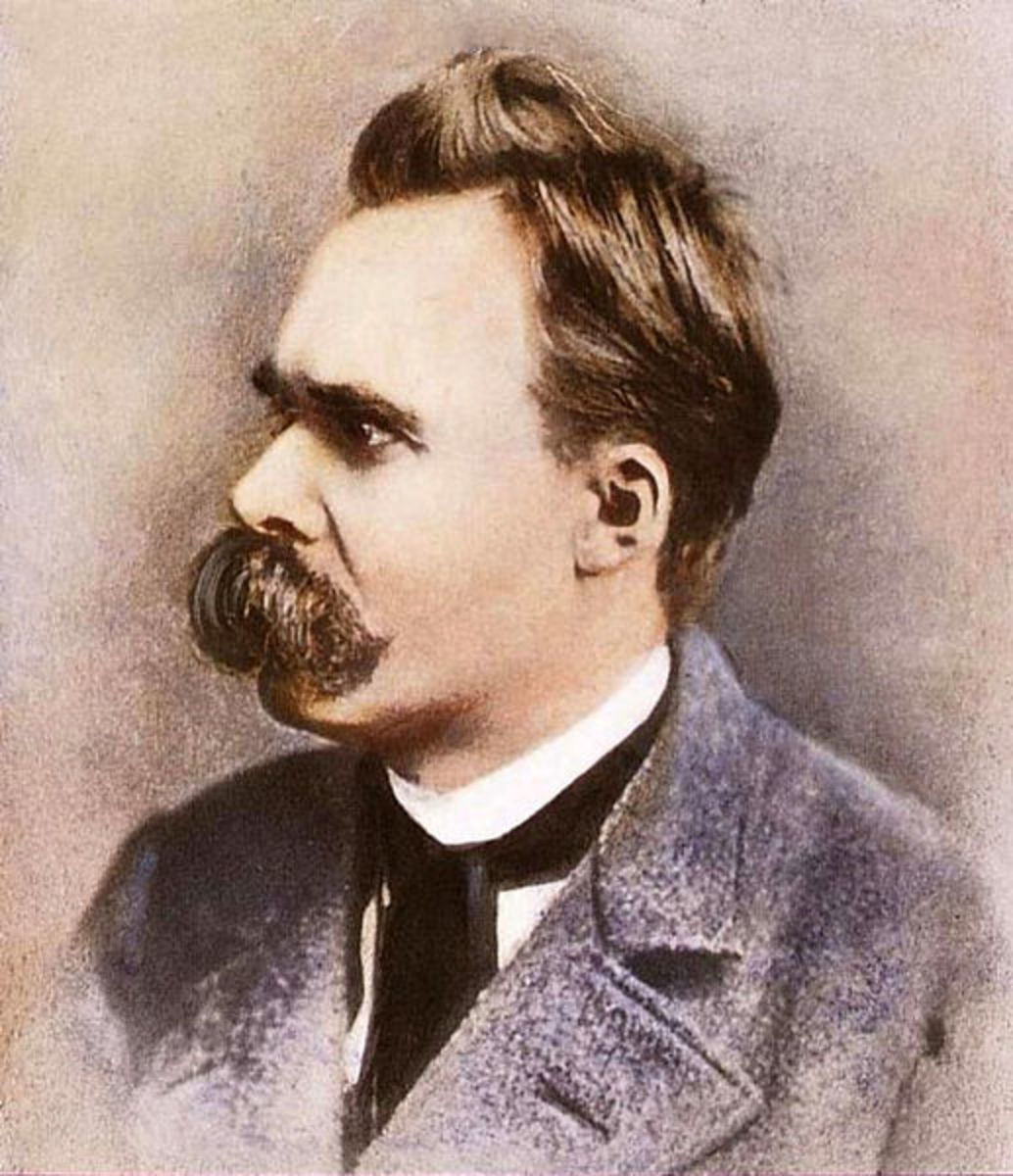Physics, Chaos Theory, and Creativity
We can benefit in learning through analogy with the psychology of spirituality the mutual relationships between qualitative and quantitative measurement and research (Bloch, 2004). The psychology of spirituality connects the mind and the body, the conscious and the unconscious, and the head and the heart, the quantitative and the qualitative. Complex Systems Theory, also known as Non-linear Dynamics, the Butterfly Affect or Chaos Theory are presenting new understanding for scientific, mathematical, and philosophical relationships and processes for viewing the importance of integrating qualitative and quantitative research (Remer, 2005). More importantly, Chaos Theory provides a new paradigm for emphasizing the importance of qualitative research in connection with more traditional quantitative practices. “Complexity concepts of open exchange, networks, phase transitions, fitness peaks, and attractors” presented both quantitatively and qualitatively through complex systems theory and Chaos Theory can be combined with “spiritual concepts of change, balance, energy, community, calling, harmony, and unity” in an effort to highlight the intimate interactions between quantitative and qualitative philosophical integration (Bloch, 2004, pg. 1).Qualitative research design and methodology brings depth of meaning and context to the more traditional and reductionistic limitations of quantitative methodologies.
Open exchange is the dynamic of living things maintaining a continuous flow and exchange between internal and external components or energy that is both quantifiably and qualitatively influenced (Bloch, 2004). Qualitative research probes the depths of the surface findings of quantitative research in an effort to define and delineate parameters, boundaries, and influences of context that also identify the potentials for change (Hoepfl, 1997). Qualitative research is able to probe values, meaning, and constructed social and individual perspectives.
These dynamic exchanges of open systems are a part of environmental and other patterns of networks. Networks are not “unitary nor linear” but interweaving (Bloch, 2004, pg. 4). Community networks consist of varying degrees of calling, harmony, and unity. Qualitative inquiry accepts the complex and dynamic quality of interweaving of the social world that includes individual subjectivity and collective determinants of objectivity (Hoepfl, 1997). Qualitative, “naturalistic descriptions give us greater certainty in our understanding of the nature of (a process) than randomized, controlled experiments do, but less certainty in our knowledge of the strength of a particular effect” (Smith, 1978, pg. 17; as cited in Patton, 2002, pg. 579).
Phase transitions are the movements of living systems between order and chaos, “comparable to the movement of water among its three phases: liquid, solid or ice, and gas or steam. Phase transitions are the opportunity for creativity and the emergence of new forms” (Block, 2004, pg. 4). The qualitative exploration of meaning is observed, described and interpreted in a search for defining uniqueness, the idiosyncratic and emerging processes for new forms within context (Hoepfl, 1997). Qualitative research is uniquely formulated towards multiple means of descriptions of depth and context, and can be enhanced through the appropriate inclusion of quantitative measurement for the strengths of particular effects.
Fitness peaks are doors of opportunity during phase transitions for higher order change and adaptation that are found on the edge of chaos (Bloch, 2004). Fitness peaks require the optimum level or balance of safety and risk. The design of qualitative research is developed in the process of exploring initial primary questions and data collection through emergent research strategies adapted to particular contexts and purposes, with credible flexibility in determining the discovery of what information will be most useful (Hoepfl, 1997). This requires a researcher prepared with skills for naturalistic inquiry. Theoretical sensitivity is the skill of the researcher as a human instrument of inquiry that “indicates an awareness of the subtleties of meaning of data. . . to the attribute of having insight, the ability to give meaning to data, the capacity to understand, and capability to separate the pertinent from that which isn’t” (Strauss and Corbin, 1990, pg. 42; as cited in Hoepfl, 1997, pg. 50). Quantitative research is a logical positivistic inquiry of limited parameters and experimental methods that depend more upon statistically valid and standardized measurement tools that can only provide more reductionistic information. The negotiation of determining the optimum of safety and risk is the nonlinear dynamic of multiple dimensions and networks interacting (Bloch, 2004).
States of transition produce emergence through donuts or “bagels” (so named because of a circular symbolism) of patterns of attraction, the repeating cycle of old patterns and sometimes the integration of new ingredients producing new patterns combining into new forms. When attractors are “plotted mathematically, the patterns will each form unique figures or fractals” (Block, 2004, pg. 5). Emergence is the process of holistic learning and creativity. The qualitative researcher as the human instrument of naturalistic inquiry can be adaptable and flexible to the nuances of multifactor and multidimensional requirements for open system inquiries into unique patterns and nuances of living systems (Hoepfl, 1997). Purposeful variation sampling and qualitative research methods are capable of detecting “common patterns that emerge from great variation (and) are of particular interest and value in capturing the core experiences and central, shared aspects or impacts of a program” (Patton, 1990, pg. 172; as cited in Hoepfl, 1997, pg. 52).
Complex Systems Theory, Non-linear Dynamics, or Chaos Theory provides a unique quantitative paradigm for comparing the philosophical validation of the importance and meaning of the qualitative concepts of change, balance, energy, community, calling, harmony, and unity. Quantitative research alone can easily become a tool for promoting oppressors and the perpetuation of the oppressed (Freire, 2008, 1970). Freire’s theory of “The Pedagogy of the Oppressed” postulates that the road to individuation and true and living expressions of what it means to be human requires an awakening and a transition through the transformation of recognition of the oppression caused through unmitigated social conformity and the reinforcement of class systems. Quantitative research alone is purposefully standardized and generalized to eliminate individuality or individual characteristics. Individualized and idiopathic traits are eliminated as distorting outliers in order to arrive more smoothly at generalized decision making. In the effort to reduce complexity, dehumanization is often a result. “We use qualitative research to follow up quantitative research and help explain the mechanisms or linkages in causal theories or models” (Creswell, 2007, pg. 40).
References
Bloch, D. (2004, June). Spirituality, complexity, and career counseling. Professional School Counseling , 7 (5), 343-350. Retrieved January 5, 2009, from PsycINFO database.
Creswell, J. (2007). Qualitative inquiry & research design : Choosing among five approaches. Thousand Oaks, CA: Sage Publications.
Freire, P. (2008, 1970). Pedagogy of the oppressed. New York: The Continuum International Publishing Group Inc.
Hoepfl, M. (1997). Choosing qualitative research: a primer for technology education researchers. Retrieved January 4, 2009 from http://scholar.lib.vt.edu/ejournals/JTE/v9n1/pdf/hoepfl.pdf
Patton, M. (2002). Qualitative research and evaluation methods, 3rd Ed . Thousand Oaks, CA: Sage Publications.
Remer, R. (2005, September). An introduction to chaos theory for psychodramatists. Journal of Group Psychotherapy, Psychodrama & Sociometry , 58 (3), 130-150. Retrieved January 5, 2009, doi:10.3200/JGPP.58.3.130-152






